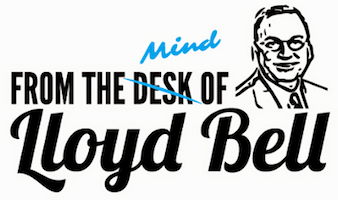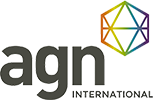Increase the Value by Reducing the Risks
 Assigning a realistic value for a private company is more subjective than for publicly traded companies. The latter’s value continually recalculates in real-time through the buying and selling of ownership shares in the marketplace.
Assigning a realistic value for a private company is more subjective than for publicly traded companies. The latter’s value continually recalculates in real-time through the buying and selling of ownership shares in the marketplace.
For private businesses, a perceived valuation eventually does occur when part or all the company is sold. However, if the owner is not ready to sell, certain internal assumptions must be made.
Evaluating a Privately Owned Company
Over the years, accountants have developed a variety of methods to evaluate private businesses. A standard approach is a reckoning based on some multiple times company earnings. While increasing profits can increase value, this is only one variable in the multiple-times-earnings equation.
The multiple is a risk factor that translates to the certainty that current growth and profitability are sustainable. If buyers were interested in purchasing the company, the expectation of continuing success plays a critical role in their assessment.
If the owner should use a multiple consisting of an industry-wide average risk factor to calculate the company’s value, the valuation will likely be inaccurate. Averaging a pile of businesses with differing risks, threats, and weaknesses, both internal and external, is similar to a baseball team with a combined batting average of .250 expecting each player to get a hit once in four at-bats.
Instead of applying industry-wide assumptions, owners must look within the company to determine where the risks to continued growth may be buried. This proactive approach to continuous improvement will result in lowering future threats and likely raising profitability.
Risks and Value
Sometimes a company experiences success in spite of itself. For example, consider Company A with a reasonably good product in an untapped market. Even with a lethargic sales force, inefficient supply chain, limited marketing, and poor financial control, profitability is still possible. However, is it sustainable? Therein lies the risk.
Flash forward as fresh competition, Company B, arrives with a similar product, a highly trained sales force, a low-cost, well-oiled supply chain, focused marketing, and precision management.
In a short time, the value of Company A will fall to zero. Their internal risks had become overwhelming.
There have been numerous examples of this very scenario in American business history. The core risk factors were the weaknesses embedded within the company.
Look Inward for Opportunities to Raise Value
Eliminating internal weaknesses or risks increases the likelihood of sustainable growth. Sustainable growth equals value.
Owners should undergo a self-examination to assess the performance of each element of their business. Improvements in staff, training, capital investment, and financial management should reduce the inherent risks in their enterprise while increasing the value.
Lloyd W.W. Bell III is Director of the Corporate Finance Group at Meaden & Moore. He has over 20 years of experience in financial management.







